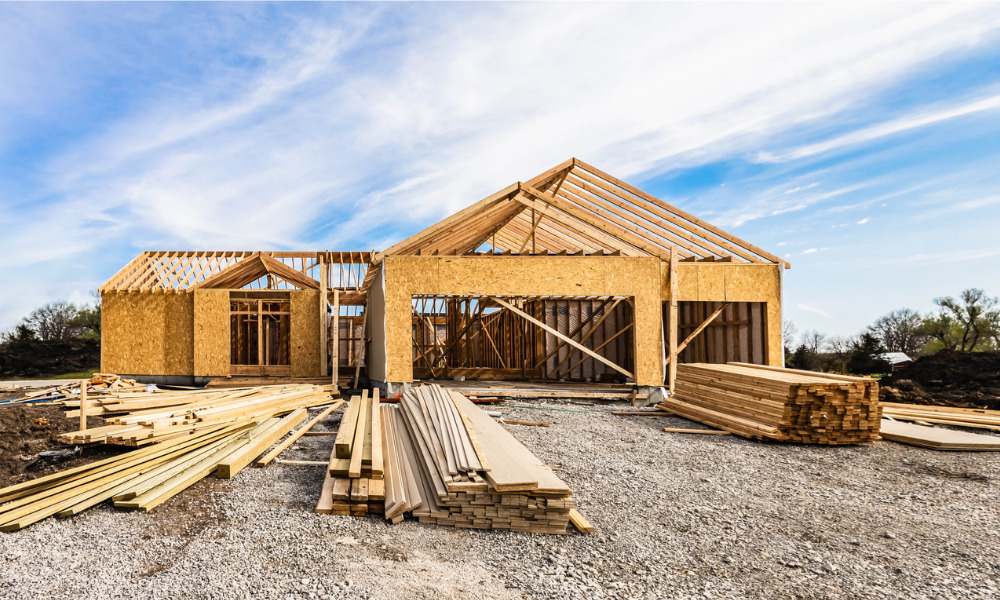Gap between home-building and housing demand "has never been so wide," says Fraser Institute senior fellow

Canada’s essentially stagnant pace of home building has never been able to keep up with the country’s accelerated population growth, according to Josef Filipowicz, senior fellow at the Fraser Institute.
In a recent contribution for the Toronto Star, Filipowicz wrote that the supply-demand gap has characterized the Canadian housing market for more than half a century now.
Data from the Fraser Institute showed that between 1972 and 2022, the Canadian population increased by 1.9 people each year, on average, for every new home built.
“Since 2016, the average rose every year (except for a dip in 2020) from 2.3 people per home built to peak in 2022 at 4.7 people, the highest number on record,” Filipowicz said. “In other words, the gap between the number of homes produced and the number needed has never been so wide.”
This trend is at the core of why housing affordability has proven elusive, especially over the past decade.
“The number of home buyers and renters continues to increase at a pace well in excess of the number of homes available to buy or rent, which continues to drive up prices and rents,” Filipowicz said.
“The high cost of housing is one of Canada’s most pressing policy concerns. It affects economic, physical, and mental well-being, and jeopardizes Canada’s status as a prosperous, upwardly mobile society.”
Article of the Day: @CMPmagazine - Stronger demand for secondary residential units apparent in some markets: observershttps://t.co/ZLwdZRwx0G
— CREA | ACI (@CREA_ACI) July 25, 2023
Policy intervention should be speedy, but cautious
However, Filipowicz stressed that any high-level policy approaches to the issue, which need to be implemented as soon as possible, should be formulated with caution.
“While more political attention to this long-standing problem is welcome, there’s also a risk that policy makers look in the wrong places for quick wins,” he said. “They may introduce new tax subsidies for first-time home buyers, which would increase demand without increasing supply. Or implement restrictive rent controls, which would stunt the growth of purpose-built rental housing.”
Any proposal that either stokes demand or restricts supply will only make the ongoing crisis worse, Filipowicz warned.
“As tempting as it may be to introduce fresh new ideas, it’s important to remember that policy choices led us to where we are today, and that rethinking some of these choices will be necessary to close the demand-supply gap.”



